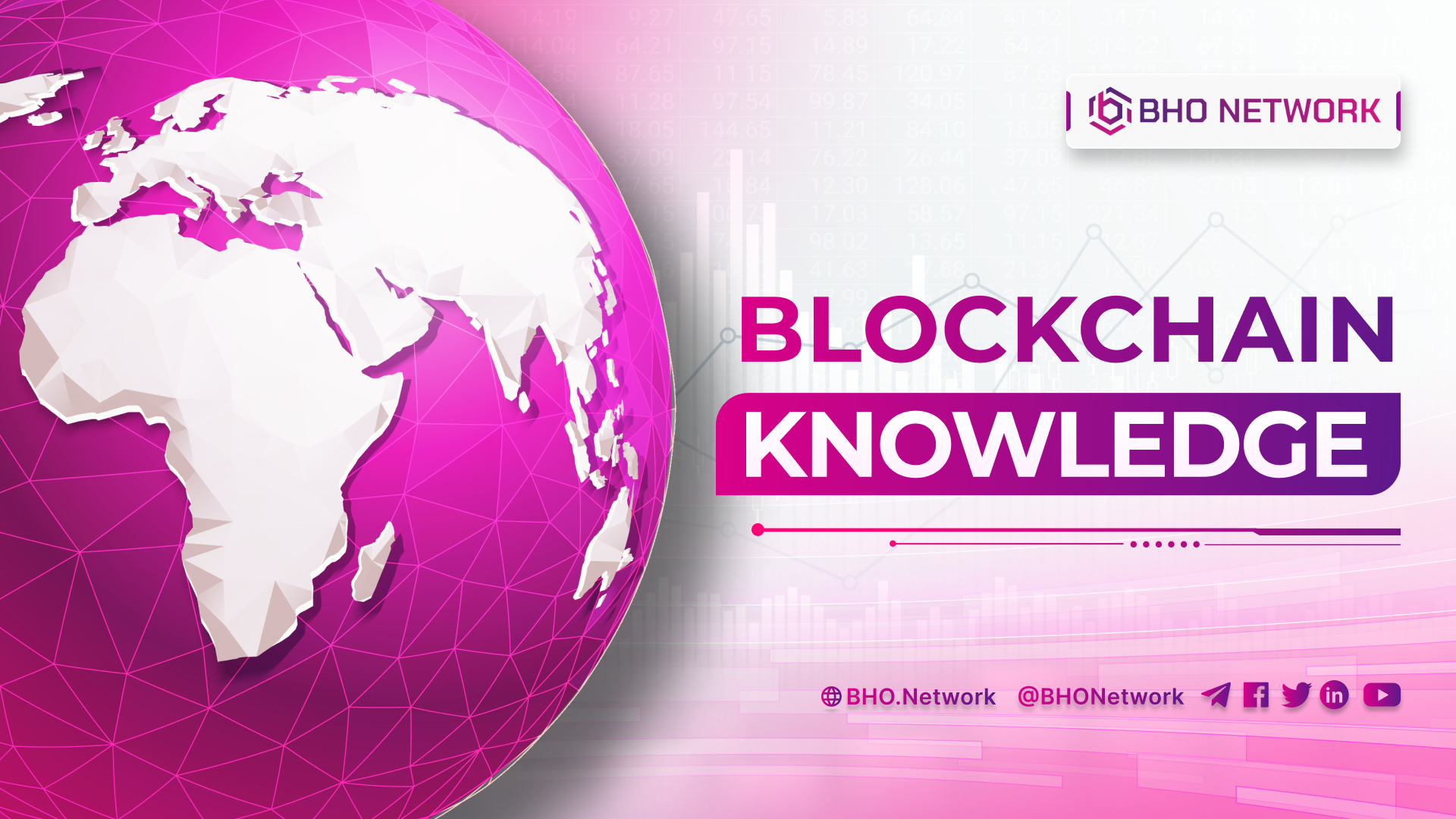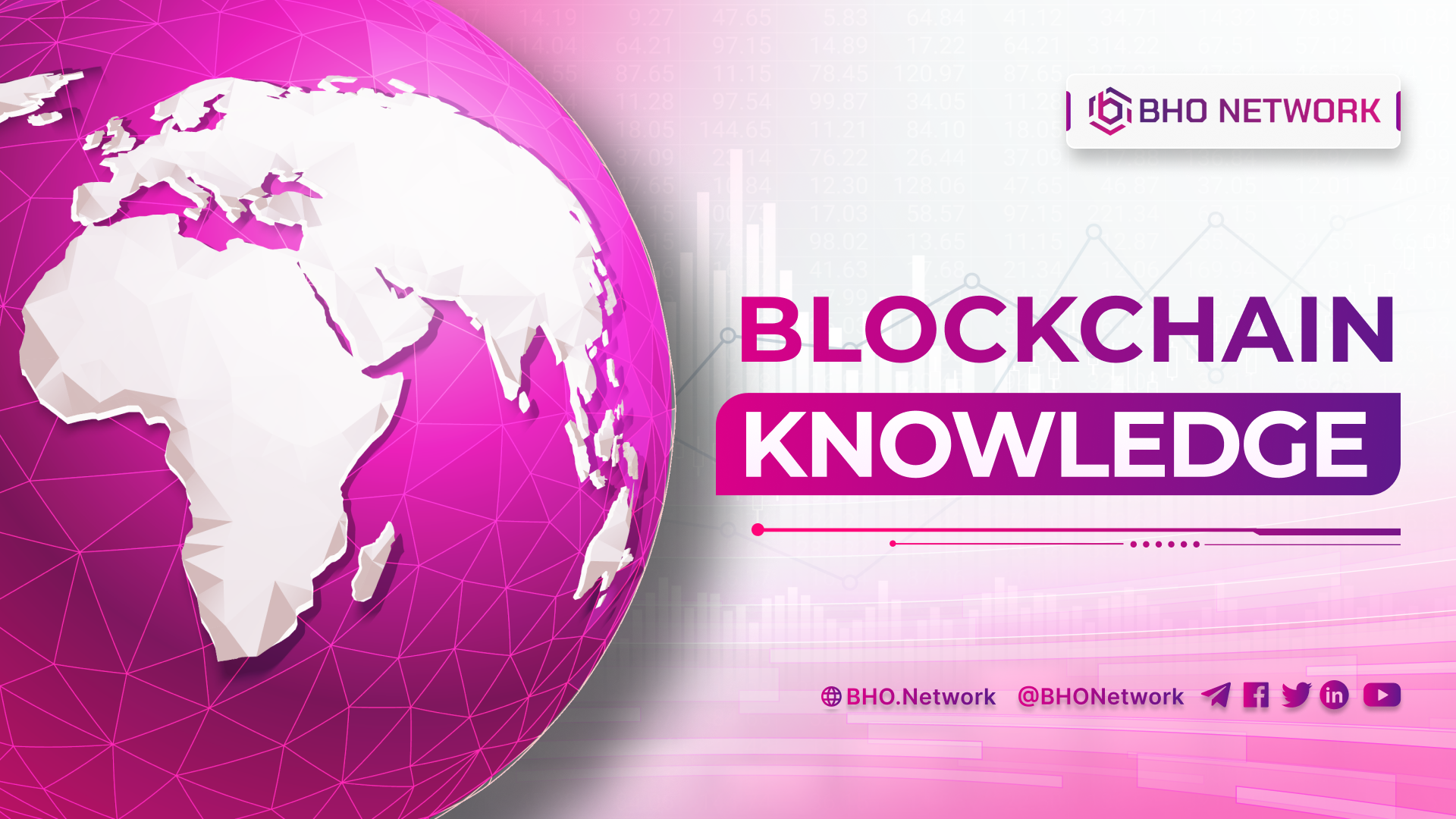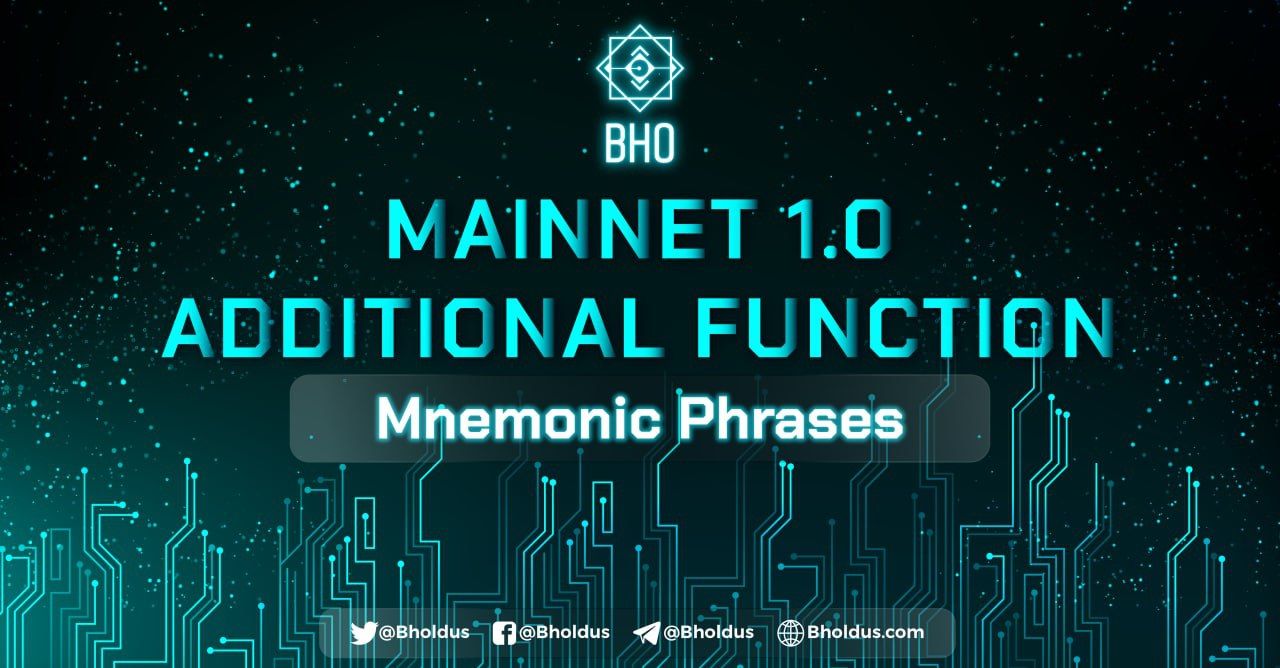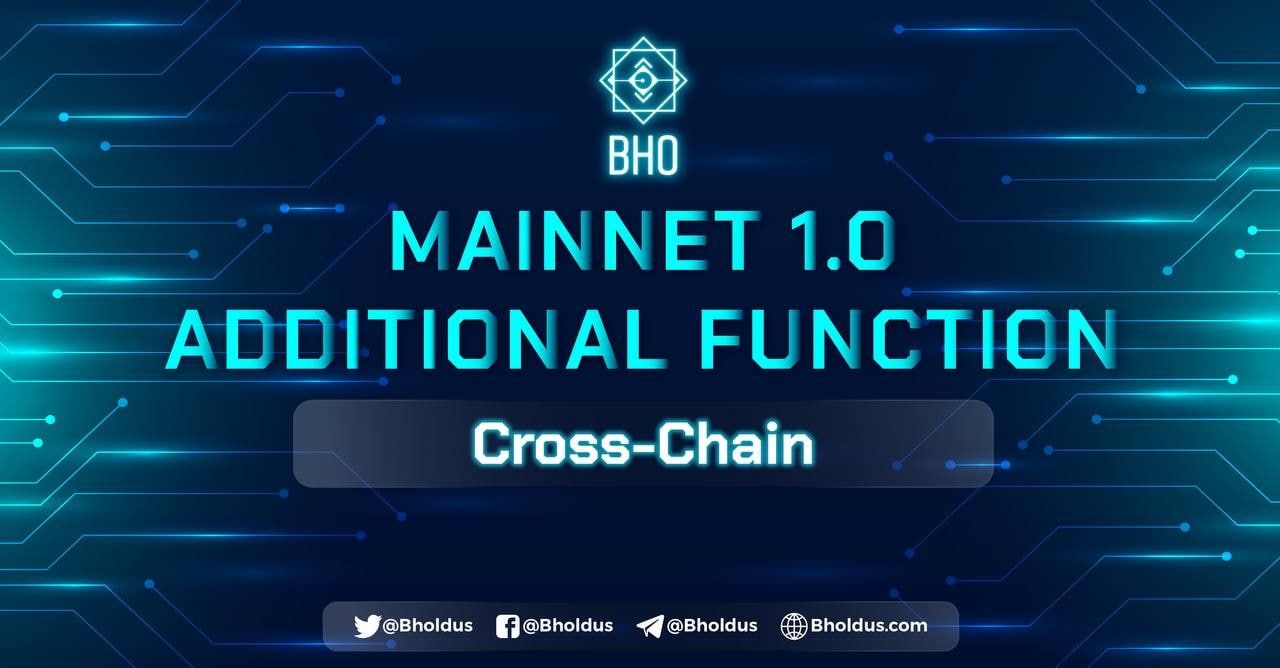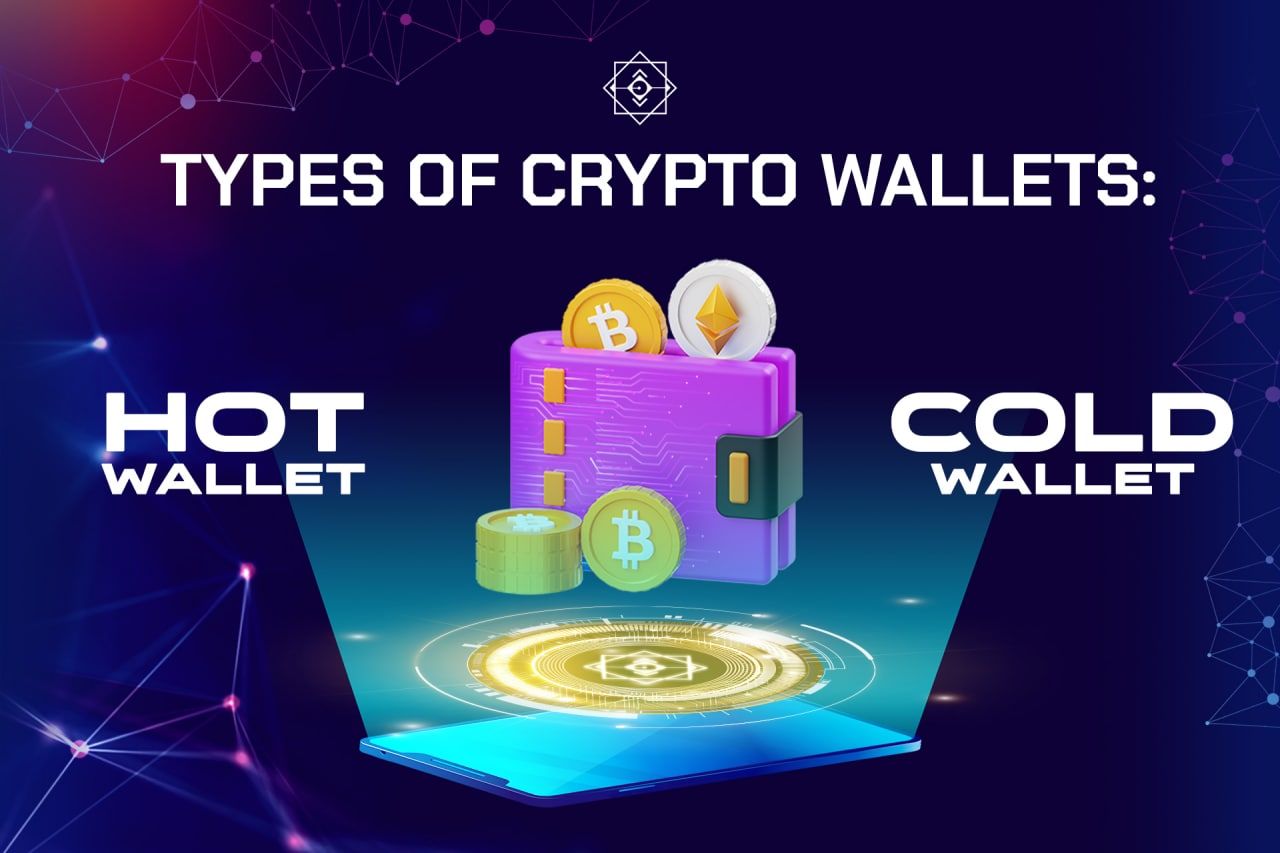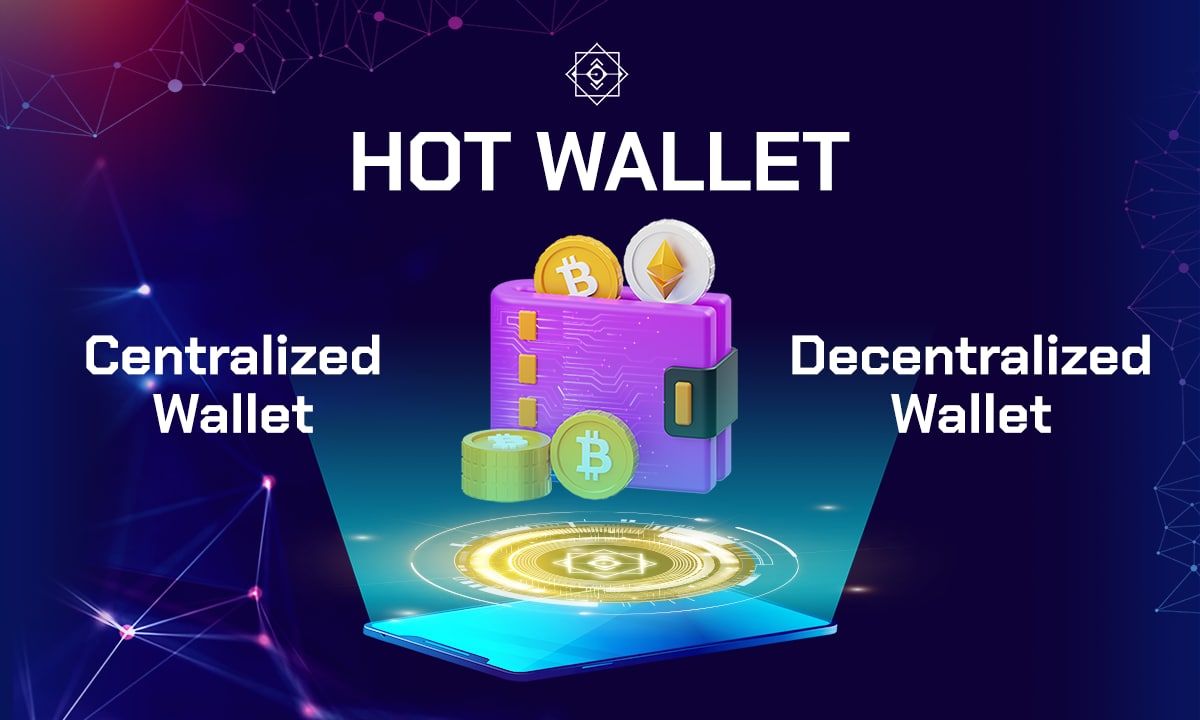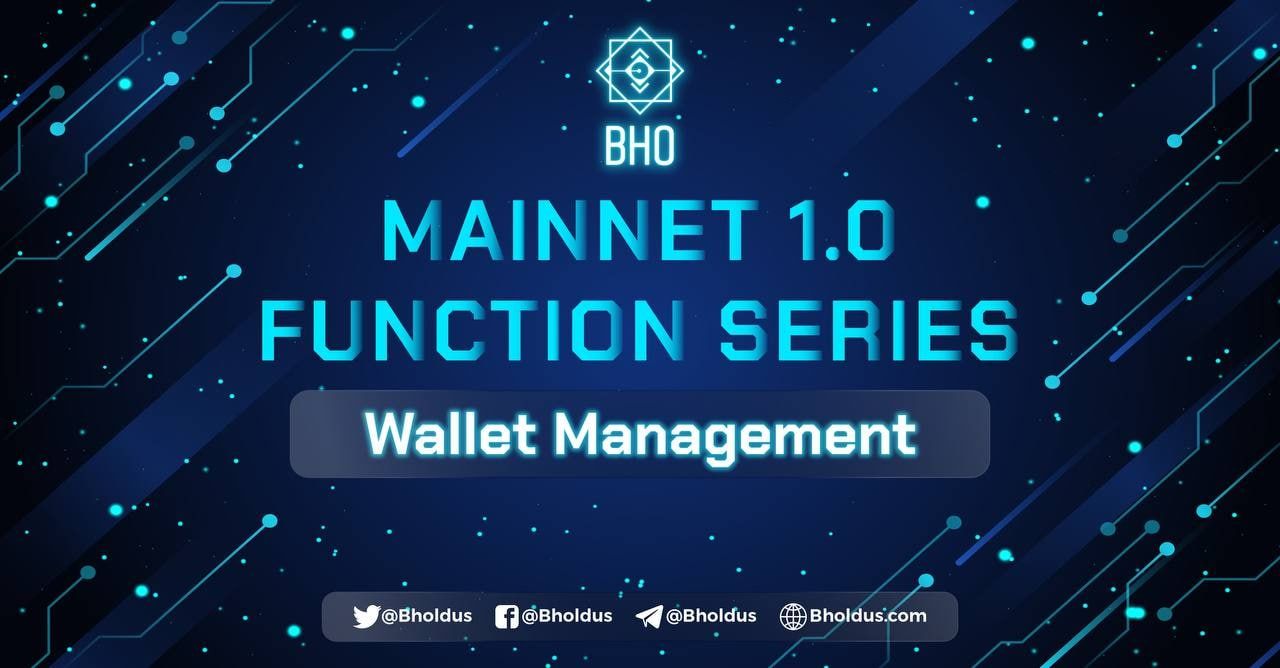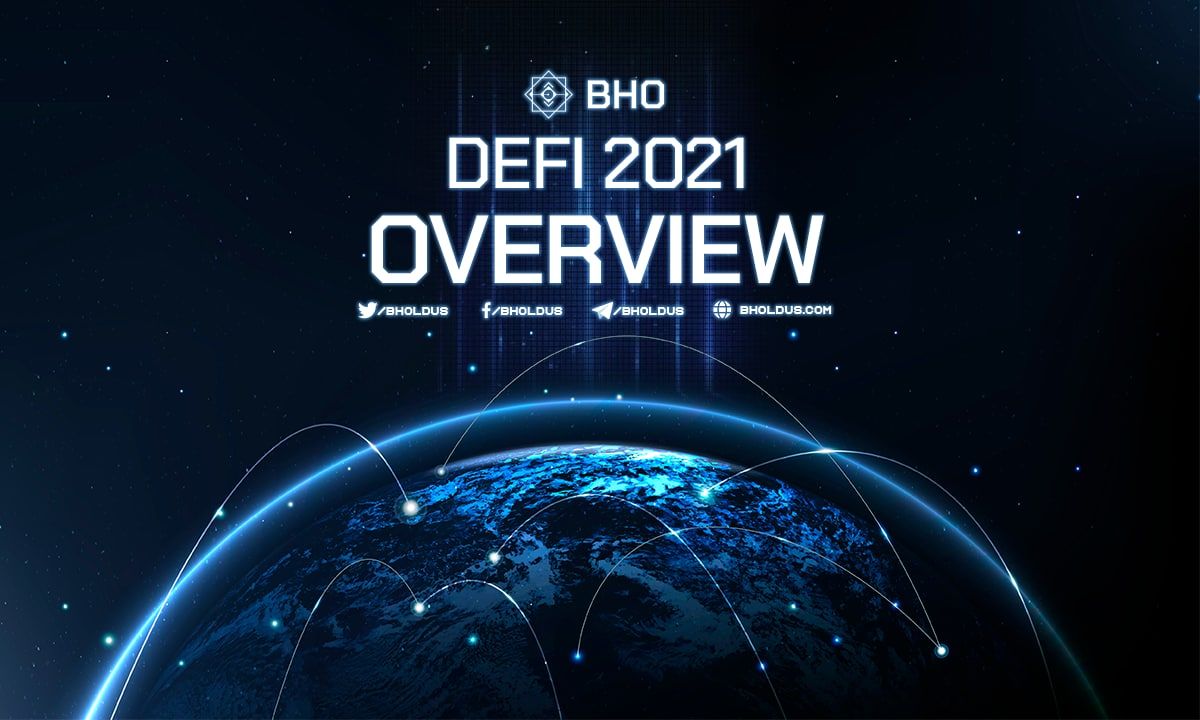- Blog
- Crypto News
- What is GameFi? Everything about GameFi projects
What is GameFi? Everything about GameFi projects
- 1. What is GameFi?
- 2. The history of formation and development of GameFi
- 3. The composition of GameFi projects
- 3.1 NFT
- 3.2 Token
- 4. How does GameFi work?
- 4.1 Play to Earn
- 4.2 DeFi Features
- 4.3 Blockchain Technology
- 4.4 Asset Ownership
- 4.5 No or little upfront costs
- 5. Is GameFi a Metaverse?
- 6. The most popular GameFi Protocols today
- 7. Prominent GameFi Projects
- 7.1 Axie Infinity
- 7.2 Thetan Arena
- 7.3 Decentraland (Mana)
- 7.4 The Sand Box
- 7.5 Cryptoblades
- 7.6 Star Atlas
- 8. How to develop a GameFi project?
- 8.1 Tools for creating GameFi projects
- 8.2 Defining the NFT Economic Model
- 8.3 Pre-written code
- 8.4 Gamefi Marketplace Development
- 9. What is the business model of GameFi projects?
- 9.1 Free To Play (Donate)**
- 9.2 Game Subscription Subscription
- 9.3 Freemium Freemium
- 10. How to join GamFi
- 11. GameFi's potential for the future
What is GameFi? Earning income by Game is a hot topic on the Blockchain platform. The GameFi model is becoming more and more popular with users. Because the platform allows players to increase profits. In addition, the GameFi project is also close to improving from traditional games. So how does the system work? Let's find out with BHO Network!
1. What is GameFi?
GameFi combines decentralized finance (Defi), non fungible Token (NFT) and blockchain-based online games.
Unlike traditional online games, the operating model is that players buy upgrade items to get an edge over other games. GameFi introduces the "Play to Earn" mode. This allows gamers to earn a full-time income by contributing time and effort.
2. The history of formation and development of GameFi
CryptoKitties has leveraged the newly defined ERC-721 standard to represent in-game assets as non fungible Token (NFT). Since then, interest in NFT has grown, and performance-optimized blockchains have been launched, creating exponential growth in innovation in the GameFi arena.
Yearn founder Andre Cronje may have used the crypto term for the first time in a tweet back in September 2020. Since then, "GameFi" has been increasingly used to describe games with a financial element powered by blockchain technology.
The first GameFi titles used the Bitcoin blockchain, but the low transaction fees and speed spurred the adoption of the blockchain that powers the smart contract, which is Ethereum.
Game developers widely use Ethereum, which is still popular today. But there are performance issues due to limited block space. The vulnerability became apparent when the popularity of CryptoKitties clogged the Ethereum network in 2017, causing Ethereum's fees to skyrocket.
CryptoKitties leverages the newly defined ERC-721 standard to represent in-game assets as a non fungible Token (NFT). Since then, interest in NFT has grown and blockchain has been launched, creating exponential growth in innovation in the GameFi.
3. The composition of GameFi projects
The projects in GameFi are diverse, but generally revolve around the following factors:
3.1 NFT
The characters in the game are usually NFTs, and these NFTs have Can be a main or a supporting characters. For example, in Cyball, the player is an NFT; but in Mines of Dalarnia, the player will play as a miner and the NFT is the accompanying parrot and monkey.
NFTs are usually sold as a fundraising round. This sale is similar to a token sale, but the difference is that there is no requirement (staking, something is required, ...) that anyone can participate in buying NFT.
3.2 Token
Most of the current games have two Tokens:
- Admin Token: This is the primary Token of the game. Similar to regular projects, Tokens will help the community manage the game. Limited.
- Reward Token: This is a Token that rewards users for participating in an event and its purpose is to use it to use in-game features. Quantities are usually unlimited.
Read more: What is Margin Trading? How to play Trade Margin for newbies
4. How does GameFi work?
GameFi projects often have some things in common such as:
- In-game items such as avatars, land, clothes, weapons, gold coins, Tokens and pets are represented as NFTs, proving ownership of these digital objects.
- Players obtain these items through the game and can trade them on the NFT marketplace for profit, or exchange them for crypto and then fiat currency.
GameFi differentiates itself in many different forms. Therefore, the mechanics of how players generate income through the game will be different. Today's most popular blockchain games incorporate the following features:
- Play to Earn.
- Asset ownership.
- Defi features.
- Blockchain technology.
- No or little upfront costs.
4.1 Play to Earn
In blockchain games, players will be rewarded for completing the objectives in the game. The funds awarded in these Play to Earn games usually come from the native Token reserve held in the smart contract.
Example: In the popular Ethereum-based game, Axie Infinity. A part of the game's AXS Token is dedicated to rewarding activities: Winning battles and tournaments, taking care of plots or trading on the Axie Infinity marketplace, etc.
4.2 DeFi Features
In addition to the Play to Earn income feature, some GameFi projects also provide passive income. They take the form of DeFi functions, including staking, yield farming, liquidity mining.
4.3 Blockchain Technology
GameFi games were originally built on the Bitcoin blockchain. However, as they scale and increase in complexity, they must move to blockchains built on top of DApps, such as Ethereum.
As BHO Network mentioned at the beginning of GameFi, the problem with Ethereum is that its fees are still high and it supports fast and secure decentralization. As a result, many GameFi applications see the potential of other blockchains like Solana, Wax,...
4.4 Asset Ownership
Digitalunique assets that create economic opportunities that were not possible before.
For example, in CryptoKitties or Axie Infinity, the player can create a third creature by crossing two animals represented by the NFT. They can then take advantage of the property using the game's Play to Monetization ability. To be sold or used by other participants, distributing any income generated to owners and borrowers.
The ownership of scarce digital assets is an important concept that has become central to many blockchain games. NFT technology expands on this. NFTs can represent all forms of investments, both digital and physical, including in-game items.
4.5 No or little upfront costs
As you can see, GameFi games are free to download and play. This makes them more accessible than traditional games. Although there is no upfront fee, some games may require you to purchase in-game Tokens, characters, and other items to get started. This expenditure will generate a profit after a period of time.
5. Is GameFi a Metaverse?
Metaverse is a virtual world created by the Internet and augmented reality tools (such as VR, AR or other devices) to help users get the most realistic experience.
And this is a question that many people are still wondering. I think GameFi is not Metaverse, but it can be said to be part of Metaverse.
Metaverse was conceived as a space where participants have unlimited possibilities for creativity and interaction.
Metaverse was conceived as a space where participants have unlimited possibilities for creativity and interaction.
If you look at reality today, you can also see that the metaverse simply exists in the form of games like Minecraft, Roblox, GTA V... and many more examples. In addition, we can also see some metaverse emerging as social networks.
In addition, traditional companies that want to build a real Metaverse are based on the game. So for sure, games are an essential part of the Metaverse.
Back to the question "Isn't GameFi Metaverse?" The BHO can reassert that this is not the case. Because GameFi in general lacks a lot of things to be a true Metaverse. It can be analyzed from several aspects as follows:
Simply put, Metaverse is an open world, and if you look back at many GameFi projects, you'll see that they are closed worlds, and we don't. Can influence or build anything.
Because of that, creativity will be minimal, and the ability to optimize capital and the "earn" or "finance" factor will also be enhanced. If we look back, we must also agree that a microeconomy must be born in the metaverse.
Therefore, the element of “finance” must also be present, but that is not all, because in that open universe, we have many aspects other than finance, such as creativity, interoperability, development, …
So this is also one of the reasons why many GameFi projects in the market are promoting themselves or have a vision of the Metaverse. However, you also need to carefully consider and evaluate the ability of the team and the facility for the GameFi project to go in the direction of Metaverse.
If from the beginning the project had a concept like Decentraland or The Sandbox - models that allow participants to build and interact, then the development of Metaverse would be easy.
But if that project was originally a game with a "closed" concept, it would seem like a big challenge to evolve towards the Metaverse, because now the game's original concept has to be changed. , which would also raise questions about the game's particular uniqueness.
In short, BHO thinks that GameFi is not Metaverse, but if we look at the cryptocurrency market, it is very likely that Metaverse was developed from the GameFi project.
6. The most popular GameFi Protocols today
Most modern gaming blockchains can be found on networks that support smart contracts. Ethereum is the first and most popular platform, and also suffers from the problems we mentioned about Ethereum's limited block space.
So now many developers are moving from Ethereum's base layer to the network, which is faster and with more capacity. These are: Polygon, Solana, BSC, Polkadot, Wax, .. are all mentioned names in recent times.
7. Prominent GameFi Projects
The following content BHO will introduce to readers 6 quite prominent projects in the GameFi array at the present time, let's explore.
7.1 Axie Infinity
Axie Infinity is the opening game for the Play to Earn trend in other words, thanks to Axie Infinity, the new community knows about GameFi.
In Axie Infinity, players will use a team of 3. Ax to fight opponents. There are other activities such as doing missions, breeding, ...
7.2 Thetan Arena
Thetan Arena is one of the GameFi projects from Vietnam and one of the pioneers in bringing the MOBA genre to GameFi.
Similar to Dota and League of Legends, each team in Thetan Arena will have four players and both sides will compete to destroy the central tower. The first team to beat the opponent's main house wins. In addition, Thetan Arena also has many other game modes.
7.3 Decentraland (Mana)
Decentraland is a virtual reality (VR - Virtual Reality) platform powered by Ethereum. Decentraland allows you to land and build your own world in virtual reality. It also includes NFT games in the Metaverse.
Users can choose the games they want. Decentraland is classified as an NFT and Metaverse game.
7.4 The Sand Box
Sandbox is a game that combines Defi, NFT, Blockchain and Metaverse. The platform allows users to create their own games and digital assets in the virtual world of Sand Box. Users can create their avatars and purchase digital assets using the SAND cryptocurrency designed for Metaverse 3D.
7.5 Cryptoblades
is an innovative NFT game that runs on Binance Smart Chain. Users can play the game on the official Cryptoblades website. Players use powerful weapons to defeat opponents and collect Skill Tokens. These tokens can be used to level up and level up the character. The most popular exchanges to buy Cryptoblade are Gate.Io, Xt.Com, Lbank, Bkex and Wbf Exchange.
7.6 Star Atlas
Star Atlas is a futuristic space exploration game where players try to create an interstellar economy and civilization. The game runs on Solana Network.
The platform has two native tokens, Atlas and Polis. This Play-to Earn game uses cutting-edge breakthrough technology called Unreal Engine 5S Nanite to create visually stunning graphics in 3D Metaverse.
8. How to develop a GameFi project?
To develop a GameFi project cannot ignore the following 4 factors:
8.1 Tools for creating GameFi projects
Unity, photon, and hicsis are Web3 development platforms for creating projects like GameFi. These platforms have a DIY model for creating your own projects (with a solid understanding of the compiled code concept).
8.2 Defining the NFT Economic Model
The second step is to create an NFT economic model. How will royalties be calculated? What is the fee? Who will pay for these costs? How to create a new Token?
You can get advice from NFT experts to perfect your business concept in detail.
8.3 Pre-written code
Once you've decided to develop your gamefi on the platform, the next step is to get the code to run the GameFi UI. This can be pre-written code from a third-party company or open source.
Be careful when determining how the economic model of the NFT must match the user interface.
8.4 Gamefi Marketplace Development
After developing an NFT game, you need to provide a space for your users to buy and sell NFT Tokens (i.e. grow the NFT Marketplace).
User design, convenience, insight, data protection, and transaction protection are key components that you should consider when developing an NFT marketplace like OpenSea.
9. What is the business model of GameFi projects?
GameFi projects will usually have 3 typical business models: Free To Play, Game Subscription, and Freemium. Here, BHO will analyze more closely about these 3 models.
9.1 Free To Play (Donate)**
This model is similar to the old shareware model that was once popular with video game developers. The game itself is free, but players can donate to support its continued development. Some examples:
- Apex Legends.
- Doki Doki Literature Club.
- Dota 2.
9.2 Game Subscription Subscription
Games based are helpful for developers because they can build a recurring revenue generation model. It's also a great way to maximize the number of players entering the game. Players will not be banned from paying enormous sums in the first place. Instead, they spend much less per month.
Few examples:
- Amazon Luna.
- Apple store.
- Google Stadium.
- Microsoft Xbox Game Pass.
- Nintendo Switch online.
9.3 Freemium Freemium
Mode is accessible when the main game is free, but players can spend money to unlock additional content or power-ups in the game.
Few examples:
- Hearthstone.
- League of Legends.
- Maple tree story.
Read more: What is Proof of History (PoH)? Everything about Proof of History
10. How to join GamFi
Every blockchain game is different. So these are just some of the elements you need to participate, but details need to be added to the game developer fee.
Step 1: Create a Crypto Wallet
To store Tokens and NFTs, make transactions in the game. The wallet generated will depend on the blockchain on which the game is built. Coin98 wallet is the top choice to meet all these requirements.
Step 2: Own certain assets to get started
Example: When playing Axie Infinity, you must have a minimum of three Axies in your wallet.
Some other titles will require in-game cryptocurrency purchases. You can then use these Tokens on the Binance exchange.
Step 3: Connect the wallet to the GameFi platform
Some popular GameFi titles are now played in the browser. You just need to connect your wallet to them. The wallet will act as the account and any action you achieve will be stored on the wallet.
In addition, the wallet also acts as an item store, depending on the interoperability, any assets held in the wallet can be used to play games.
11. GameFi's potential for the future
GameFi has gained traction, with top games having an aggregate market cap of $31 billion as of 2021. But given the sheer size of the market. If this field can be handled, there will be even more significant growth opportunities.
According to reviews, GameFi has only just begun to gain traction. Proof of development is the success of one of the top games, Axie Infinity. In August 2021, the revenue of Ethereum-based NFT game Axie Infinity hit $1, data from CryptoSlam, 1/5 of which occurred within a week, with over a million daily active players.
With the growing importance of digital assets, financial professionals and NFT seek to capture market share sooner than competitors. For this reason, the pattern has become very popular among people and developers. Leads to remittances for blockchain and NFT based game projects..
With the success of Axie Infinity and the current blockchain game being developed based on different blockchain protocols, it is clear that GameFi has a bright future. We look forward to the following process!
BHOPad is a comprehensive and optimal launch pad for projects and investors officially launched by BHO on March 31, 2022. BHOPad is expected to be a perfect piece for blockchain startups that want to succeed in this field.
More specifically, after being rigorously reviewed and selected by the team, the first project to launch IDO on BHOPad will be a GameFi project about football - the king sport to welcome the World Cup in 2022, promisingly It will make a significant impact in the community. It is known that this GameFi project has many major partners supporting and pouring capital, including Polygon.
Related posts:
"What is GameFi?" The content of the above article has partly helped you answer your questions. In particular, in the development of modern technology, this platform is more and more known. Hopefully, through BHO Network article, viewers will accumulate more valuable and necessary knowledge in life and work.
Published on May 23, 2022
Tagged topics
